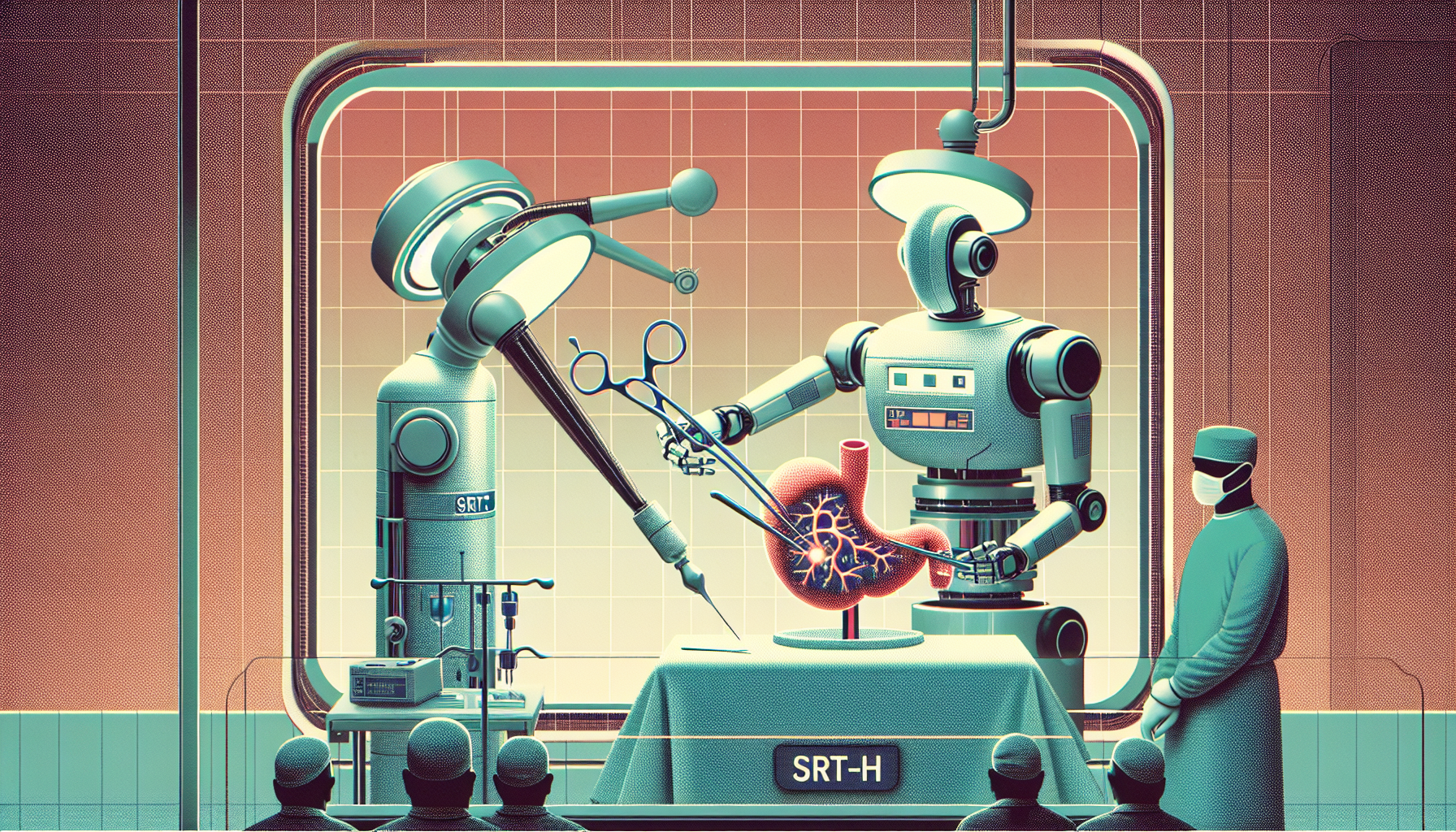In a remarkable stride for medicine and technology, a robot named SRT-H has achieved an extraordinary feat: it completed gallbladder removal surgeries fully on its own. This work, led by researchers at Johns Hopkins University, sets a new benchmark in surgical robotics. SRT-H’s flawless performance marks an inspiring moment in the ongoing journey to bring sophisticated, autonomous systems into the operating room.
How the Robot Learned to Operate
The SRT-H system stands apart because of how it was trained. Instead of relying on pre-set instructions alone, the robot learned by watching videos of real surgeries paired with natural language descriptions. This allowed it to make sense of the many steps and fine details that go into a complex medical procedure. SRT-H’s learning structure is organized in two layers: a high-level system that understands what task should come next based on visual clues, and a low-level system that carries out each step with steady and accurate movements, mirroring the expertise of a human surgeon.
Key Achievements and Abilities
- Full Autonomy: In carefully controlled lab settings, SRT-H removed gallbladders from pigs entirely without human hands guiding the process. Every stage of the surgery was performed by the robot, confirming not only the system’s capability but also its gentle handling of delicate tissues.
- Adapting to the Unexpected: The robot did more than simply follow a script. It responded to sudden changes during surgery, such as differences in color when dyes were used or when the appearance of tissues changed. SRT-H could pick out critical structures, like ducts and arteries, place surgical clips exactly where needed, and cut tissue with great care—even in situations designed to mimic tough challenges doctors might face.
- Listening and Responding: SRT-H could take in voice commands, just as a junior doctor might listen to a mentor’s advice in the middle of a procedure. This allowed the robot to make quick adjustments, helping it handle new situations or guidance from a supervising expert.
- Self-Correcting: On average, the robot recognized and fixed its own errors more than six times during each surgery. This ability to reflect and adapt while working is a remarkable step towards making robotic surgery even safer and more precise.
What This Means for Medicine
The achievements of SRT-H speak to a future where highly reliable robotic systems might handle routine surgeries. By showing that a robot could not only copy, but also refine surgical techniques, this milestone hints at a world where technology may help lessen the chance of mistakes and improve recovery times for patients everywhere.
The implications reach far beyond a single type of operation. When machines can learn and adapt like this, they open doors to safer, more consistent care. Surgeons may one day trust these robots to manage routine procedures, freeing humans to focus on the most challenging cases and offering hope to regions where skilled doctors are in short supply.
While this work is still in the early stages, with surgeries done in laboratory conditions, the results inspire great promise. As researchers continue to improve and test these systems, we move closer to a time when autonomous surgical robotics could become a trusted part of patient care. The careful work behind SRT-H not only honors the skill of human surgeons but points toward a new era, where knowledge, precision, and compassion are shared between people and machines for the benefit of all.

Leave a Reply